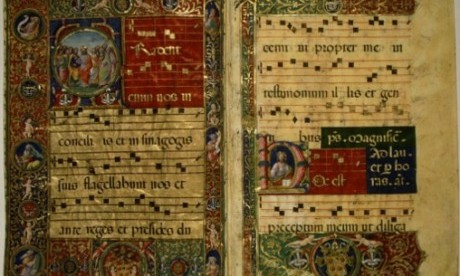In November 2011, I was one of a team of four lecturers from Yarra Theological Union (YTU), Melbourne, which led a month-long liturgical study tour to Europe. The tour, entitled “Realising the Vision: 150 Years of Liturgical Renewal”, was offered to YTU students and to anyone who had an interest in contemporary liturgical renewal.
With 25 participants from several Australian dioceses, we set out for Germany, Belgium, France and Italy, ready to face the beginning of a European winter. The aim of the tour was to expose participants to several of the key Catholic and ecumenical centres in Europe that gave birth to the Liturgical Movement and which inspired Vatican II’s charter of liturgical renewal, and also places where the liturgical vision was still being realised and given different expressions.
Why, at this time, did we embark on such a quest, almost 50 years after the Council and over 100 years since the pivotal event of 1909 when the young Benedictine monk, Dom Lambert Beauduin from Mont César Abbey in Belgium, delivered an address on “The True Prayer of the Church” at a national congress? Although it is recognised that there was an earlier stage of the liturgical movement in the nineteenth century through the reform efforts of Dom Prosper Guéranger at the Benedictine Abbey of Solesmes in France, this 1909 event, according to many historians, inaugurated a new era for the liturgical movement and set its agenda.
Exciting and heady years followed the promulgation of the Constitution on the Sacred Liturgy in 1963. We saw the presider facing the people, a vernacular liturgy, a richer fare of Sacred Scripture in the Sunday liturgy, preaching based on the scriptures, the baptised laity exercising liturgical ministries, and so much more.
But, nearly 50 years later, we are a Church from which many are walking away, and only 12 per cent of which regularly celebrate Sunday Mass. With a new translation of the Mass that seems to prize literalism over inculturation and the language of the people, a hugely attended Third Rite of Reconciliation withdrawn from practice, and various agendas calling for “reforming the reform” or “restoring the pre-conciliar”, could there be no better time to visit places which were the inspiration of the liturgical movement, and places giving new hope through the implementation of that vision? Continue reading
Sources
- Sr Margaret Smith SGS in The Good Oil
- Image: Pertinacious Papist
